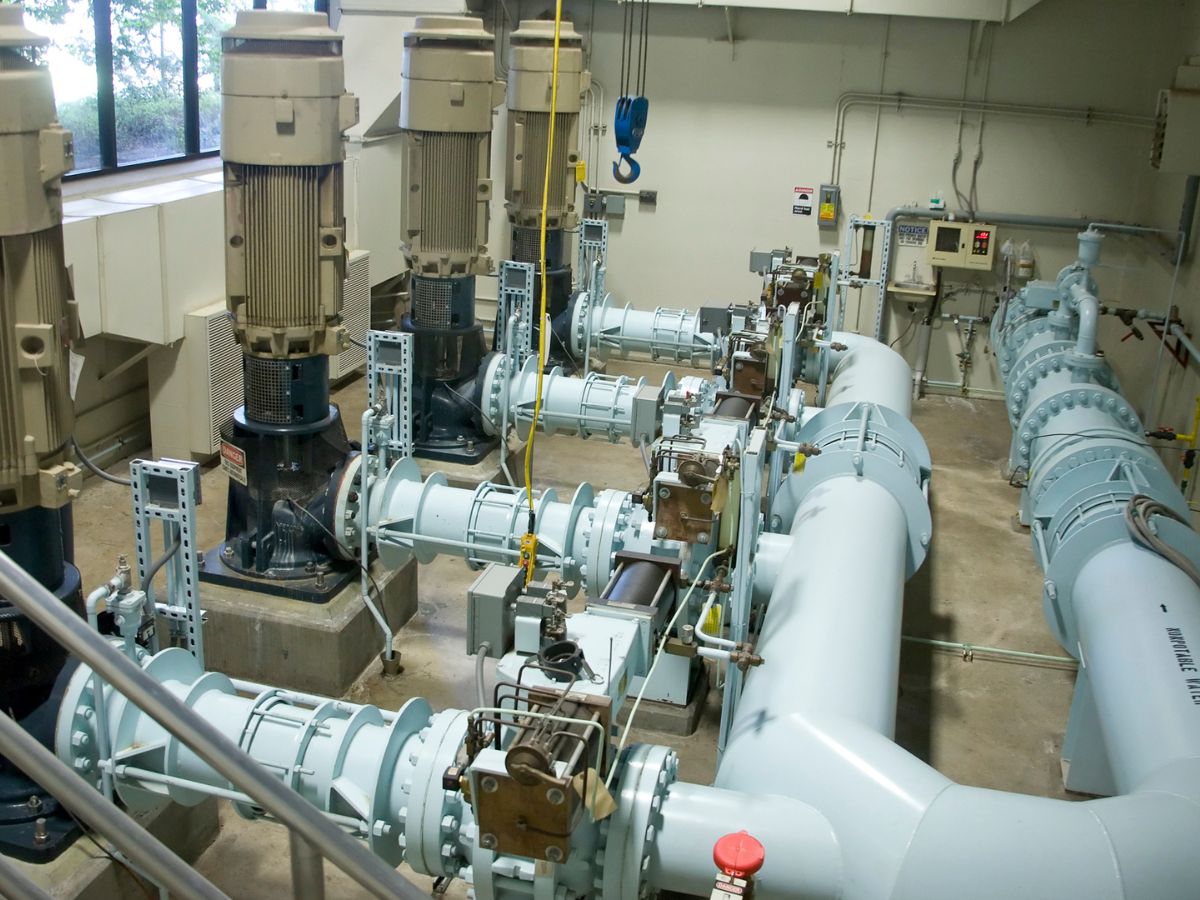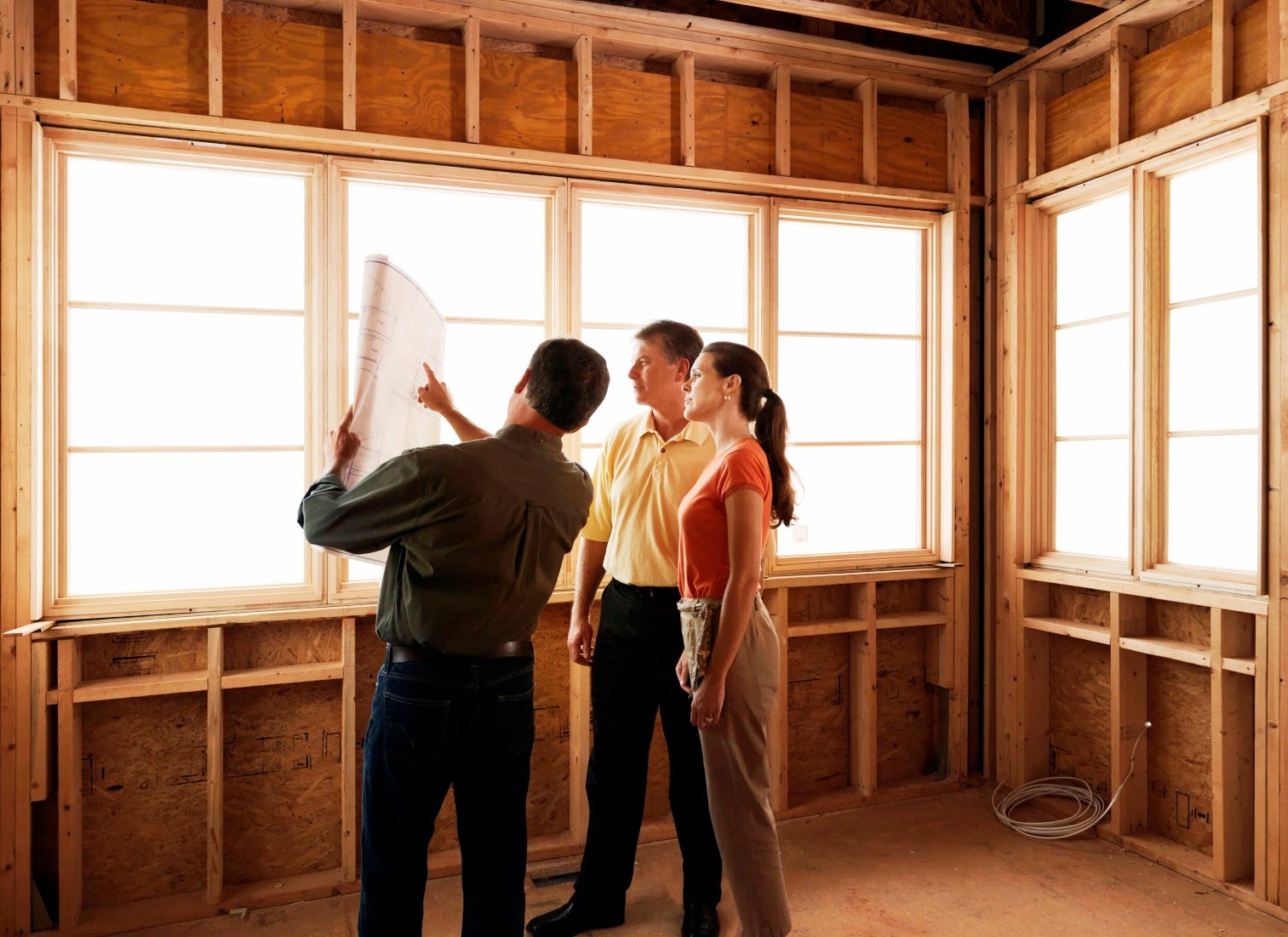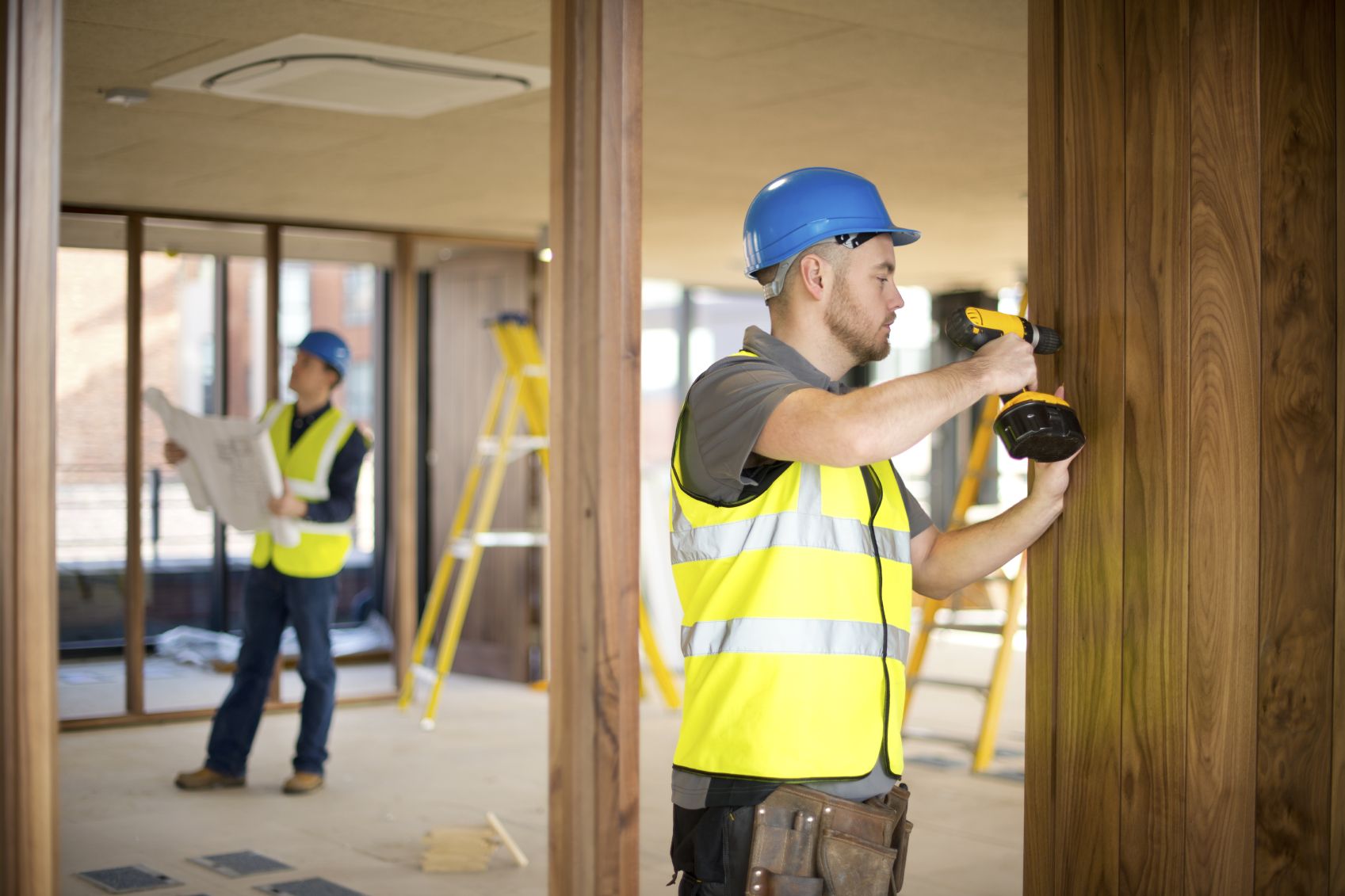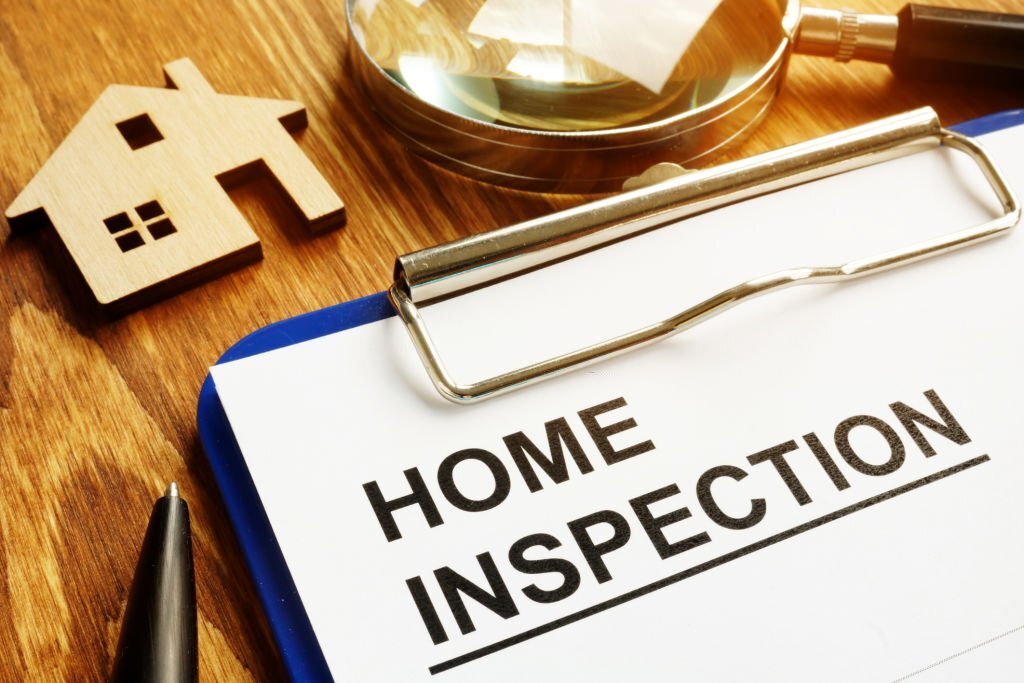Residential Sewer Pump Station: Efficient Home Wastewater Solutions

Ever had that sinking feeling when you discover a plumbing issue in your home? Let’s face it—wastewater management isn’t glamorous, but it’s a vital part of modern living. Today, let’s dive deep into the world of residential sewer pump station—a hero in disguise for homes situated in challenging terrains. By the end of this post, you’ll be well-versed in the whats, hows, and whys of these hidden marvels.
What You Need to Know About Residential Sewer Pump Station
What Exactly is a Sewer Pump Station?
A sewer pump station, or simply a pump station, is a crucial part of wastewater management for homes that cannot solely depend on gravity to move sewage. The station contains various components such as pumps, valves, and a control panel, all designed to transport sewage from lower to higher elevation.
Mechanics: How Does it Work?
Here’s the simple science: wastewater naturally flows downwards, thanks to our friend gravity. But what if your home is located in a place where gravity alone won’t do the trick? That’s when the pump station kicks in. It collects sewage and pumps it uphill or over long distances where gravity falls short.
Why Do You Need One?
Think of a pump station as your home’s personal wastewater chauffeur. They’re especially useful if:
- Your property is at a lower elevation than the nearest public sewer.
- You live in a hilly area.
- Your building is too far from the main sewer system.
Navigating Through Types of Sewer Pump Stations
Grinder Pumps
| Pros | Cons |
| Can handle solid wastes | Higher installation and maintenance cost |
| Efficient | Noisy operation |
These pumps grind down the solid waste into a fine slurry, making it easier to transport. If you’re dealing with more substantial waste, a grinder pump can be a solid choice (pun intended!).
Solids Handling Pumps
| Pros | Cons |
| Less frequent clogging | Bulkier size |
| Robust | May require professional maintenance |
Designed to transport water and certain solids, these pumps are typically larger and more robust. They are an ideal choice if you have less frequent but larger wastewater outputs.
Effluent Pumps
| Pros | Cons |
| Energy-efficient | Not suitable for solids |
| Quiet operation | Frequent maintenance required |
Effluent pumps deal with “greywater,” which is wastewater from sinks, baths, and other non-toilet fixtures. If your home generates a lot of greywater, an effluent pump can be a wise investment.
The Installation Game Plan
Preliminary Steps
- Site Assessment: A complete evaluation to understand the terrain and needs of your property.
- Regulatory Compliance: Ensure your setup meets all the local and national codes.
Installation in a Nutshell
- Excavation of the pump station site.
- Installation of the pump and related hardware.
- Electrical wiring and control panel setup.
- Test runs and final inspections.
Cost Dynamics
Don’t break your piggy bank just yet! The cost depends on various factors like the type of pump, installation complexities, and your location. Get multiple quotes before diving in.
Maintenance & Troubleshooting
Routine Checks
Regular maintenance usually involves cleaning the wet well, checking the pumps, valves, and electrical systems. Mark your calendar, folks!
Common Issues and Quick Fixes
- Clogging: If the pump is not working efficiently, check for any blockages and remove them.
- Noisy Operation: This could be due to worn-out parts. Time for a parts replacement!
Environmental and Safety Measures
Go Green with Energy-Efficient Models
Many modern pump stations are designed with energy efficiency in mind. Opt for these to save money and Mother Earth!
Safety First!
Always, and I mean, always adhere to safety guidelines when operating or maintaining your pump station. Safety goggles, gloves, and other protective gear are a must.
What’s Next: Future Trends
- Automation: Smart pump stations that you can control and monitor remotely.
- Eco-friendly Options: Solar-powered pumps are gaining traction.
Conclusion
Residential sewer pump stations are more than just a “necessary evil.” They’re the unsung heroes of modern, comfortable living. By understanding their types, mechanics, and maintenance needs, you’re not just solving today’s problems—you’re preparing for a future of hassle-free living.
Your Next Steps
If you’re in a home that struggles with effective wastewater management, it’s high time to consider installing a pump station. Consult a professional, assess your needs, and make an educated decision. Because let’s be honest, when it comes to wastewater, you really don’t want to be swimming against the tide.
Isn’t it fascinating how a topic as seemingly mundane as pump stations can actually be so riveting? Now go ahead, be the smartest person in the room the next time sewer systems are the topic of conversation!



